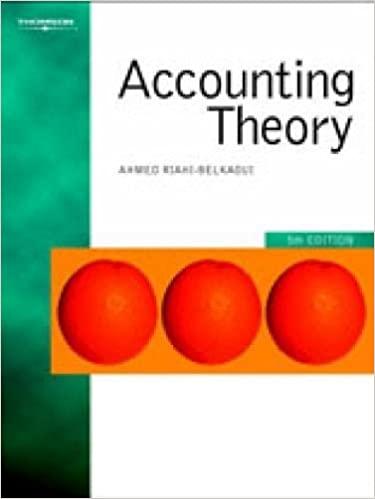Question
3. The data available below describe spending by a major pharmaceutical company for promoting a cholesterol-lowering drug. The data cover 11 consecutive weeks and isolate
3. The data available below describe spending by a major pharmaceutical company for promoting a cholesterol-lowering drug. The data cover 11 consecutive weeks and isolate an urban area. The variables in this collection are shares. The column Market Share is sales of this product divided by total sales for such drugs in the area. The column Detail Voice is the ratio of the number of promotional visits to doctors' offices for this drug to the number of promotional visits for all cholesterol-lowering drugs in the area. Formulate the SRM with Y given by the Market Share and X given by the Detail Voice and complete parts (a) through (d) below.
The SRM is
Y=0.2230.223+0.0680.068X
(Round to three decimal places as needed.)
(a) Identify the week associated with the outlying value marked with an in the given graph. The figure shows the least squares fitted line. Does this week have unusually large sales given the level of promotion, or unusually low levels of promotion? Take a look at the timeplots to help you decide.
The outlying value is for week .......
Does this week have unusually large sales or unusually low levels of promotion?
A. This week has unusually low levels of sales and promotion.
B. This week has unusually large sales. The level of promotion is fairly consistent.
C. This week has unusually large sales and unusually low levels of promotion.
D. This week has unusually low levels of promotion. The level of sales is fairly consistent.
(b) How does the fitted regression equation change if this week is excluded from the analysis?
The intercept decreases/increases to ..... and the slope increases/decrease to ........
(Round to three decimal places as needed.)
(c) The r2 of the fit gets larger and se gets smaller without this week; however, the standard error for b1 increases. Why?
This week decreases/increases the variation in the response/explanatory variable. Without this case there is less/more variation in y/x and a larger standard error.
(d) These are time series data. Do other diagnostics suggest a violation of the assumptions of the SRM?
A. Since the timeplot of the residuals has a pattern and the Durbin-Watson statistic is not near 2, there is evidence of a lurking variable and autocorrelation.
B. Since the timeplot of the residuals has no pattern and the Durbin-Watson statistic is near 2, there is no evidence of any violations.
C. The Durbin-Watson statistic is near 2, but the timeplot of the residuals has a strong pattern, so there is evidence of a lurking variable.
D. The timeplot of the residuals has no pattern, but the Durbin-Watson statistic is not near 2, so there is evidence of autocorrelation.
Data:
| y | x | Week |
| 0.218 | 0.051 | 1 |
| 0.222 | 0.063 | 2 |
| 0.234 | 0.071 | 3 |
| 0.221 | 0.088 | 4 |
| 0.234 | 0.022 | 5 |
| 0.237 | 0.094 | 6 |
| 0.231 | 0.096 | 7 |
| 0.224 | 0.107 | 8 |
| 0.228 | 0.113 | 9 |
| 0.232 | 0.127 | 10 |
| 0.241 | 0.132 | 11 |
Step by Step Solution
There are 3 Steps involved in it
Step: 1

Get Instant Access to Expert-Tailored Solutions
See step-by-step solutions with expert insights and AI powered tools for academic success
Step: 2

Step: 3

Ace Your Homework with AI
Get the answers you need in no time with our AI-driven, step-by-step assistance
Get Started


